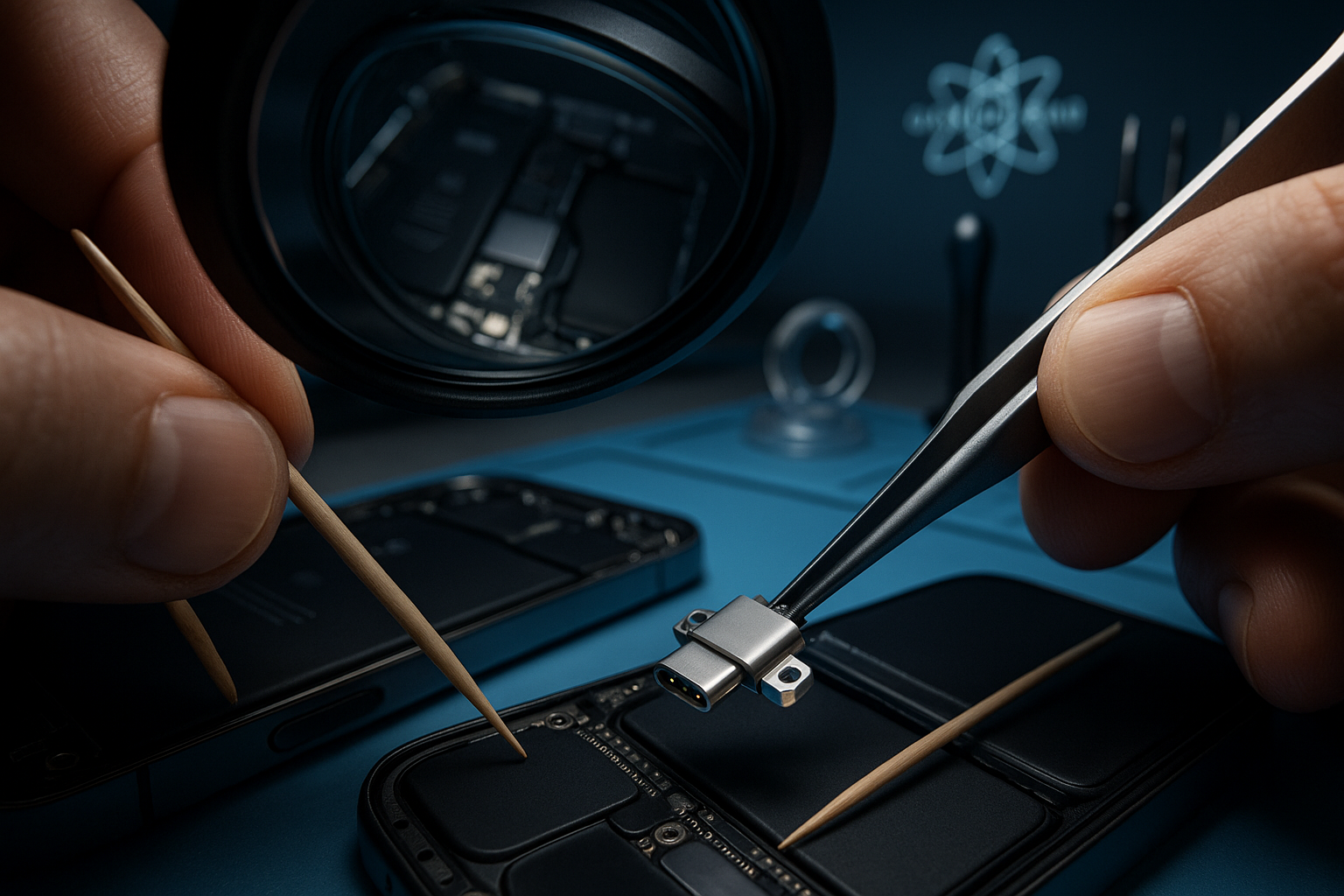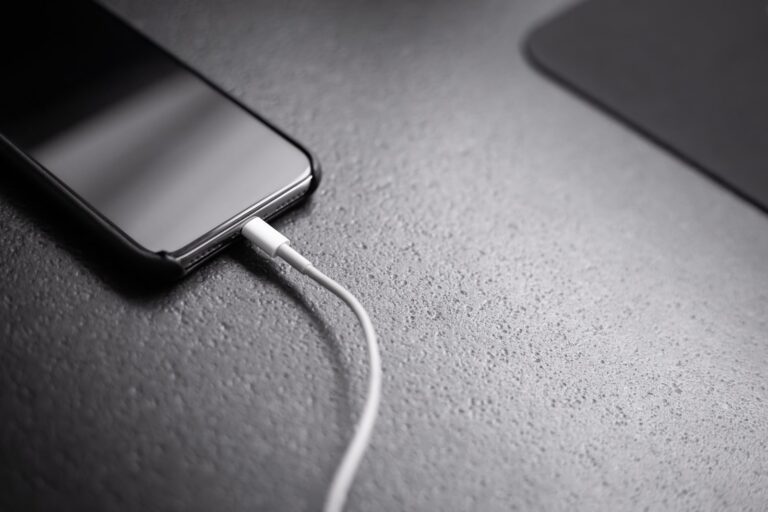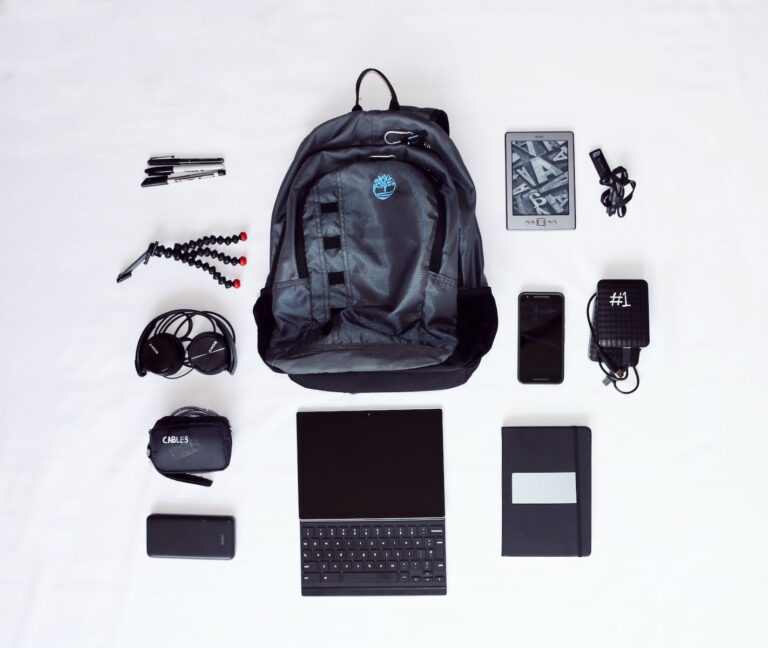Can A Charging Port On Iphone Be Replaced?
The charging port on your iPhone—whether it’s the Lightning connector or the newer USB-C—plays a huge role in how you use your phone every day. It’s how you charge your battery, transfer files, connect accessories, and even update your iOS software. But when that little port starts acting up, it can feel like your whole phone is broken.
So, can you replace an iPhone charging port? The short answer is yes—but there’s a lot more to it than just swapping out a part. Let’s walk through everything you need to know before jumping into a repair.
What Exactly Is the Charging Port?
For most iPhones up to the iPhone 14, Apple used the Lightning port—a small, reversible connector that’s been around since 2012. Starting with the iPhone 15, Apple switched to the USB-C port, which is also used by many other devices and is faster for charging and data transfer.
No matter which type your phone has, the port is built into the phone’s main logic board or a connected flex cable, making it a pretty delicate component.
Common Charging Port Problems (And How to Spot Them)
Before you assume the port is the problem, it’s a good idea to rule out other causes—like a faulty cable or wall adapter. Here are some signs that your charging port might actually be the issue:
- Your phone only charges at a weird angle, or the cable won’t stay plugged in.
- You have to wiggle the cable to get it to work.
- The phone doesn’t charge at all, even with different cables and chargers.
- It charges sometimes, but not consistently—you might see “Not Charging” or “Accessory Not Supported” messages.
- You can charge the phone, but it won’t connect to your computer to transfer files or sync with iTunes/Finder.
Sometimes, the issue is just dirt or lint stuck in the port. Try cleaning it gently with a wooden toothpick or a soft brush. Just be careful not to push anything in deeper or scratch the inside.
Can You Actually Replace the Port?
Yes, you can replace the charging port on an iPhone—but it’s not a simple job. It involves opening up your phone, removing several internal components, and sometimes even doing micro-soldering on the logic board.
This kind of repair isn’t for everyone. It takes a steady hand, the right tools, and a good understanding of how iPhones are built. Most people are better off going to a professional.
Your Repair Options (And What to Expect)
1. Apple Store or Apple Authorized Service Provider
If your iPhone is still under warranty or covered by AppleCare+, this is the best route. Apple technicians use genuine parts and have the tools and training to do the job right.
They’ll usually run a diagnostic test to make sure the port is really the problem. Most of the time, they don’t just replace the port—they replace the whole dock connector flex cable assembly, which includes the port and some surrounding components.
Cost: Depending on the model, repairs can range from $99 to $399 if you’re out of warranty. Newer models like the iPhone 14 or 15 tend to be on the higher end.
Pros:
- Genuine Apple parts
- Expert service
- Keeps your warranty intact
Cons:
- Most expensive
- You may need to book an appointment
- Takes time if you have to mail it in
2. Independent Repair Shop
There are a lot of great local repair shops out there, and many of them do great work at a lower cost than Apple. Just make sure you go to a reputable one—read reviews, ask about their experience, and find out what kind of parts they use.
Some shops may use aftermarket or refurbished parts, which can work fine but might not last as long or support features like water resistance.
Cost: Usually between $60 and $200, depending on the model and the shop.
Pros:
- Often cheaper
- Faster turnaround
- Can be more convenient
Cons:
- Quality can vary
- May not use genuine parts
- Doesn’t keep your Apple warranty
What to Ask Beforehand:
- Do you use original Apple parts?
- What kind of warranty do you offer on the repair?
- Are your technicians trained in micro-soldering?
3. DIY Repair (Not Recommended for Most People)
If you’re tech-savvy and have experience with small electronics repairs, you might consider doing it yourself. There are kits online for $10–$40 that include the port and tools.
But here’s the thing: this is not a beginner-friendly fix. You’ll need a precision screwdriver set, pry tools, and possibly a soldering iron. One wrong move and you could damage your screen, battery, or logic board. And once you start opening up your phone, any water resistance it had is probably gone for good.
Also, if your iPhone is still under warranty, doing a DIY repair will void that warranty.
Only try this if:
- You’ve done similar repairs before
- Your phone is old or out of warranty
- You’re okay with the risk of possibly breaking it further
And if you do go this route, make sure to watch a step-by-step video guide for your exact iPhone model before you start.
Important Things to Consider Before Repair
Diagnosis Is Key
Don’t jump straight to replacing the port. Try a few different cables and adapters first. Clean the port gently and test it with a computer. You might just have a bad cable or a software issue.
Check for Water Damage
If your iPhone was ever exposed to water or moisture, the port issue might be part of a bigger problem. Water can cause corrosion on the logic board, and that might require more than just a port replacement.
Check Your Warranty
If your iPhone is still under Apple’s warranty or AppleCare+, always go to Apple or an authorized provider first. Even if the port damage isn’t covered, you’ll at least know your options and avoid voiding the warranty.
Back Up Your Data
Before handing your phone over to anyone for repair, make sure you’ve backed up your data—either to iCloud or your computer. While the repair shouldn’t affect your data, hardware issues can be unpredictable.
Use Wireless Charging (If Available)
If your iPhone is from the iPhone 8 or newer, you can use wireless charging as a temporary fix while you get the port repaired. It won’t help with data transfer, but at least you can keep your phone powered up.
Yes, It Can Be Replaced—But Think It Through
Replacing an iPhone charging port is definitely possible, but it’s a delicate and complex repair. For most people, the safest and most reliable option is to go to Apple or a trusted repair shop. It might cost a bit more, but it’ll save you time, frustration, and the risk of breaking your phone even more.
If you’re dealing with a charging issue, start with the basics: clean the port, try different cables, and test it with a computer. If none of that works, get a professional to check it out.
A charging port replacement is a common fix, and with the right help, it can give your iPhone a whole new lease on life.



